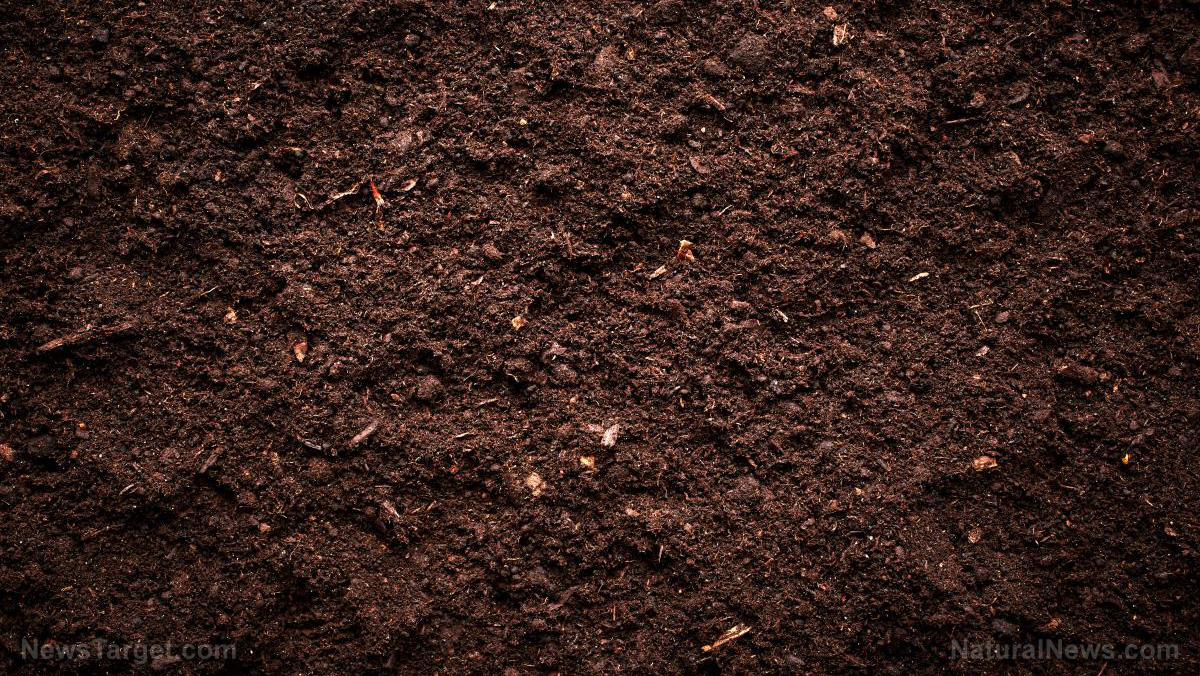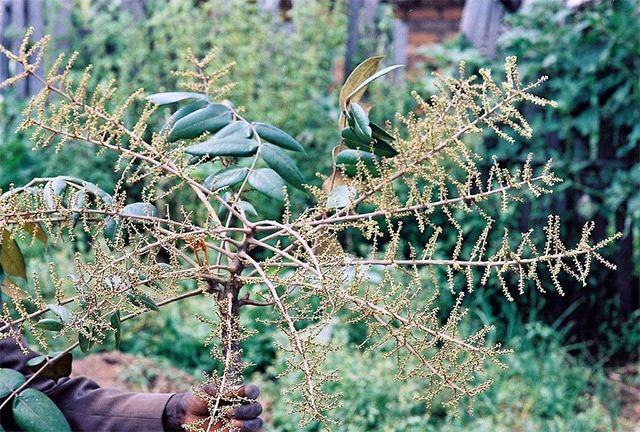Cows supplement their diet with leaves from trees such as ash, alder, willow: Scientists evaluate their nutrition
11/07/2018 / By Ralph Flores

Feeding cattle isn’t just about grass: Trees also play a part in providing nourishment, according to a study published in the journal Agroforestry Systems. There is a caveat to this process, however – the amount of nutrition it gives is heavily reliant on factors such as tree species, soil type, and season.
Researchers from the Louis Bolk Institute in the Netherlands studied how trees function in a silvopastoral system – that is, a type of agroforestry environment where forestry and grazing are combined. In particular, they looked at the use of trees as available fodder for dairy cows grazing within or around pastures, as farmers have already seen this behavior with their cattle. However, not much is known about the nutritional value of different tree species. (Related: Stressed-out cacao trees produce more nutritionally potent chocolate – new research.)
Earlier studies have demonstrated that silvopastoral systems greatly benefit biodiversity. One such study, which explored the ecological interactions between six areas used in silvopasture, revealed that the process impacted the ecosystem in differing levels. The presence of trees in the area allowed epigeal invertebrates, including spiders and carabid beetles. This, in turn, attracted the birds – which saw the invertebrates as an additional food source.
Silvopastoral practices are different for each region in the U.S., according to the U.S. Department of Agriculture (USDA). The agency has also listed the possible benefits of silvopasture:
- It provides a cooler environment for livestock during the summer.
- It shortens timber rotation, a result of forage fertilization and forage control.
- It increases the value of timber products when they are properly pruned and managed.
- It provides more nutritious plants for livestock in the form of shaded, cool-season forage plants.
- It increases plant nutrient uptake.
Support our mission and enhance your own self-reliance: The laboratory-verified Organic Emergency Survival Bucket provides certified organic, high-nutrition storable food for emergency preparedness. Completely free of corn syrup, MSG, GMOs and other food toxins. Ultra-clean solution for years of food security. Learn more at the Health Ranger Store.
Another study evaluated silvopastoral systems in the Northeast – in particular, New England and New York state. According to the study, the practice was primarily utilized to maximize the presence of woodlands in farms as well as provide adequate beneficial shade to livestock. It indicated that, in general, while farmers favor silvopastoral systems, many were unaware of how to manage their trees. Moreover, they also found the integration of certain livestock, coupled with tree management, particularly challenging.
For the current study, the team studied how soil type and season can affect the nutritional potential of three tree species: the common ash (Fraxinus excelsior), black alder (Alnus glutinosa), and basket willow (Salix viminalis). Leaf samples from the trees were obtained from 10 sites in the Netherlands. The samples came from both clay and sandy soils and were collected in June, July, and September. These were then evaluated for digestibility, crude protein, and concentration for both macro and microelement.
Researchers found differences between the nutritional value of leaf samples, as well as differences between the crude protein, calcium, phosphorus, copper, and selenium concentrations based on the season. While the type of soil did not affect the nutritional value of leaves, they found significant reaction between the type of tree and the sampling period – as they affect the digestibility of leaves and their calcium and sulfur content. The type of soil affected the digestibility of certain leaf samples, as well as their calcium content. Moreover, the type of tree and soil and the sampling period have a significant effect on the levels of zinc and selenium present in the tree leaves.
Of the findings, the authors of the study determined that trees have the potential to supply protein, as well as macro and microelements, to livestock depending on the tree species.
Learn more about the latest scientific breakthrough on agroforestry by heading to Science.news today.
Sources include:
FS.USDA.gov [PDF]
Tagged Under: agriculture, agroforestry, animal diet, animal nutrition, cows, ecosystems, Leaves, livestock, Macro elements, Micro elements, protein, silvopastoral practices, silvopasture



















